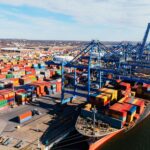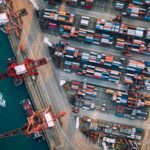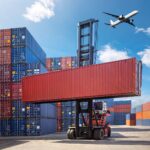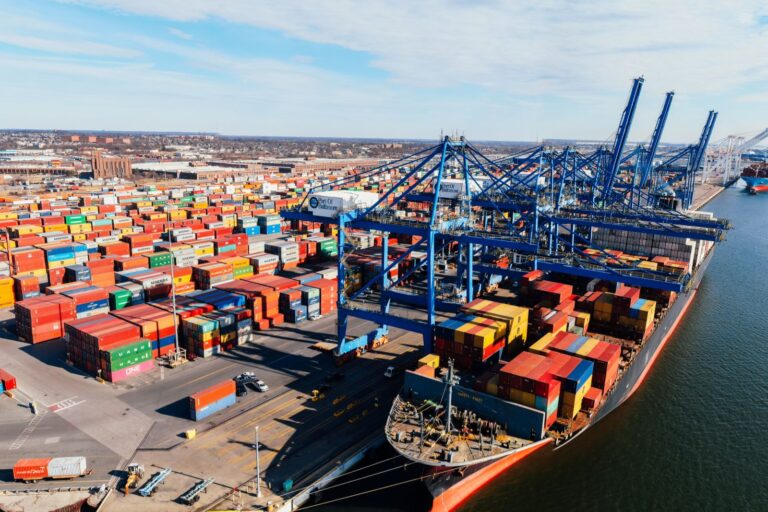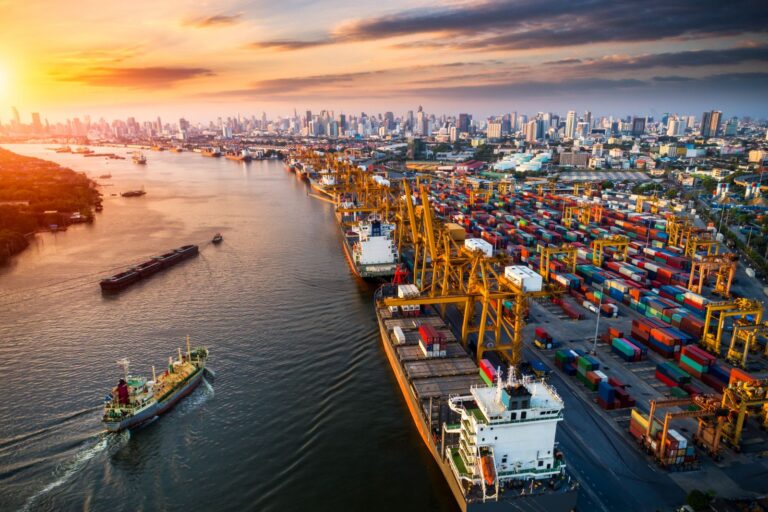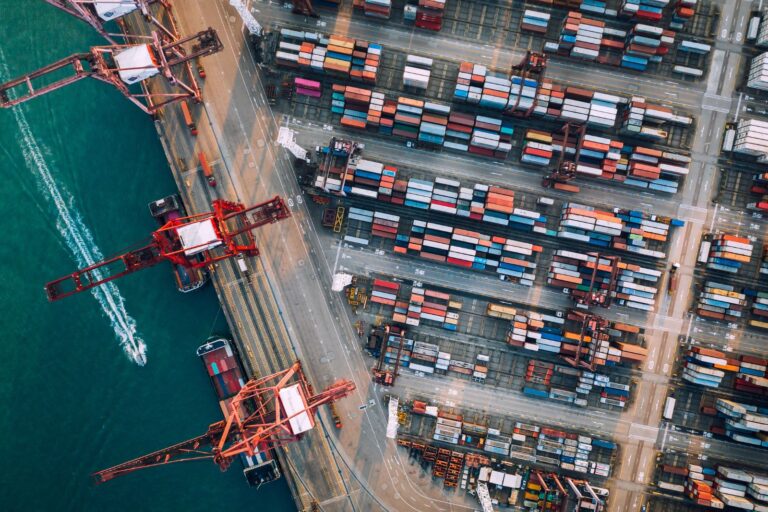Free trade agreements (FTAs) have reshaped international commerce, offering businesses opportunities to expand markets while reducing tariffs and trade barriers. Understanding the free trade agreements impact is essential for Australian companies seeking to optimise supply chains, reduce costs, and improve competitiveness.
This guide delves into how FTAs influence imports, exports, and global logistics, providing insights for strategic decision-making. At EGL – Emerald Global Logistics, we help businesses across Australia navigate the complexities of international trade, ensuring compliance and maximising the benefits of FTAs. Whether you are new to exporting or seeking to optimise established trade operations, this guide highlights actionable strategies to leverage FTAs effectively.
What Are Free Trade Agreements? (H2)
Definition and Overview (H3)
Free trade agreements are treaties between two or more countries that aim to reduce or eliminate trade barriers, such as tariffs, quotas, and import/export restrictions. They facilitate smoother international trade and create opportunities for businesses to access new markets efficiently.
Key points:
- FTAs can be bilateral (between two countries) or multilateral (involving multiple nations).
- Common features include reduced tariffs, streamlined customs processes, and protection of intellectual property rights.
- FTAs often cover goods, services, investments, and digital trade.
Importance for Businesses (H3)
- Reduces costs for imports and exports.
- Expands access to international markets.
- Encourages investment and business growth.
- Improves competitiveness by aligning with international standards.
How Free Trade Agreements Impact Australian Businesses (H2)
Trade Cost Reduction (H3)
FTAs lower tariffs and duties, which reduces the cost of goods imported and exported. Businesses can save significantly on customs fees, enhancing profit margins.
Market Expansion (H3)
Australian exporters can reach new customers abroad without facing restrictive trade barriers, opening up opportunities in Asia, Europe, and the Americas.
Supply Chain Optimisation (H3)
FTAs influence logistics by encouraging faster clearance and simplified documentation. Companies can optimise shipping routes, reduce transit times, and manage inventory more efficiently.
Competitive Advantage (H3)
By leveraging FTAs, Australian businesses can offer more competitive pricing in international markets while adhering to quality and compliance standards.
Step-by-Step Guide: Leveraging FTAs for Your Business (H2)
- Identify Applicable FTAs: Determine which trade agreements Australia has with your target markets.
- Assess Product Eligibility: Verify if your goods meet origin and compliance rules under the FTA.
- Calculate Cost Savings: Estimate tariff reductions and potential cost benefits.
- Plan Logistics and Shipping: Coordinate with freight forwarding providers to optimise transit times.
- Prepare Documentation: Ensure certificates of origin and customs paperwork are complete.
- Monitor Trade Changes: Stay updated on amendments to FTAs or trade policies.
- Consult Experts: Engage logistics and trade professionals like EGL – Emerald Global Logistics to streamline processes.
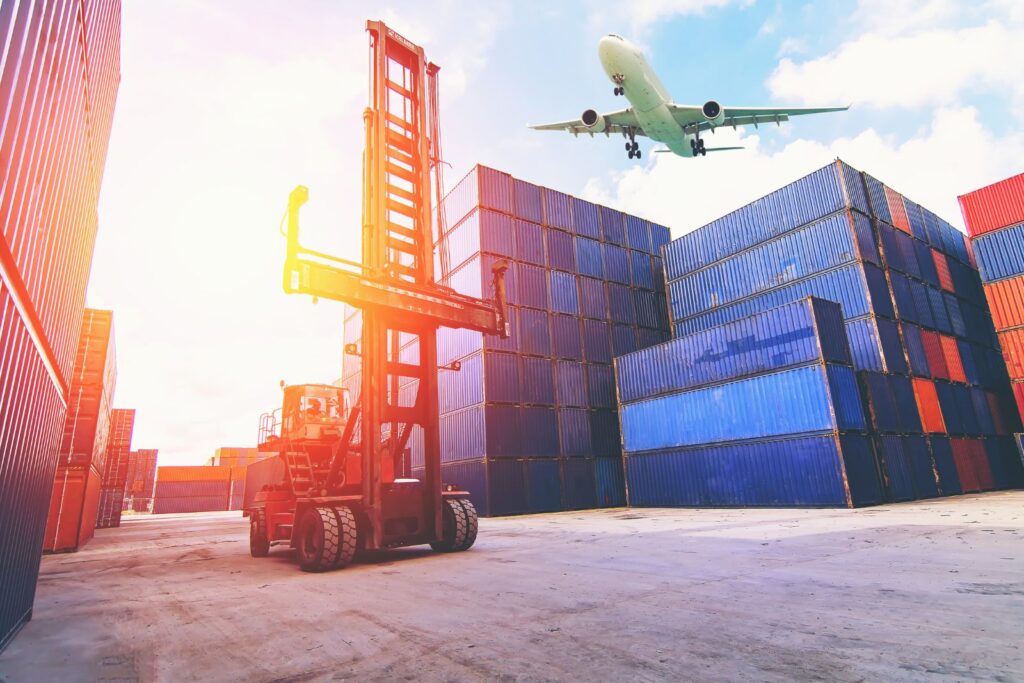
Benefits & Advantages of FTAs (H2)
- Lower tariffs: Reduces costs for importing/exporting goods.
- Faster customs clearance: Streamlines border processes.
- Expanded global reach: Access to multiple international markets.
- Enhanced investment opportunities: Encourages foreign partnerships.
- Improved competitiveness: Helps businesses offer competitive pricing abroad.
Common Mistakes to Avoid (H2)
- Failing to verify product eligibility for FTAs.
- Overlooking origin documentation requirements.
- Ignoring logistical implications of international shipping.
- Assuming all countries have similar trade rules.
- Not consulting trade and logistics experts to optimise benefits.
Real-World Use Cases (H2)
Case 1: An Australian food exporter reduced tariffs by 15% using the Australia-China FTA, increasing profitability.
Case 2: A Melbourne-based manufacturer expanded into Southeast Asia leveraging the ASEAN-Australia FTA, improving supply chain efficiency.
Case 3: EGL assisted an eCommerce business in navigating FTA documentation, saving thousands in customs duties while ensuring timely delivery.
FAQs (H2)
Q1: What is the primary impact of free trade agreements?
A1: FTAs reduce tariffs, streamline trade, and open new market opportunities for businesses.
Q2: Do FTAs apply to all goods?
A2: Only goods that meet specific rules of origin and compliance requirements qualify for reduced tariffs.
Q3: How can FTAs affect logistics planning?
A3: FTAs simplify customs clearance and may influence shipping routes, transit times, and inventory management.
Q4: Can EGL help with FTA compliance?
A4: Yes, EGL provides expert guidance on documentation, customs, and logistics for international trade.
Q5: Are services covered under FTAs?
A5: Many FTAs include provisions for trade in services, investment, and digital commerce, not just goods.
Conclusion & Call-to-Action (H2)
Understanding the free trade agreements impact is crucial for Australian businesses aiming to expand globally, reduce costs, and optimise supply chains. By leveraging FTAs effectively, companies can gain a competitive advantage and improve profitability.
If you’re ready to take full advantage of FTAs and streamline your logistics, contact EGL today for expert support: Contact Us.
Learn more about our services at Home or explore our company background on About Us.

